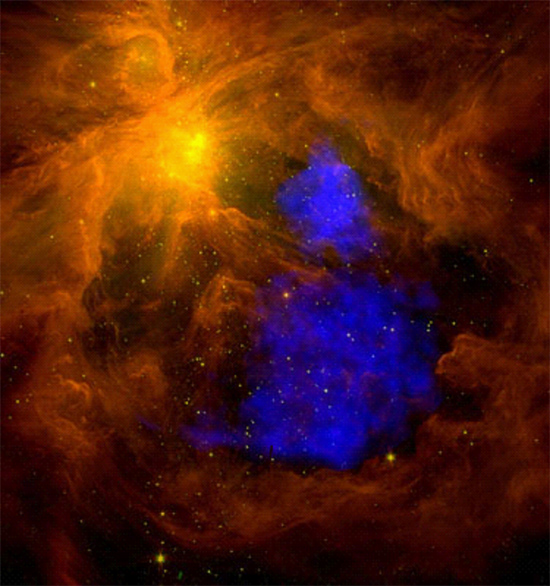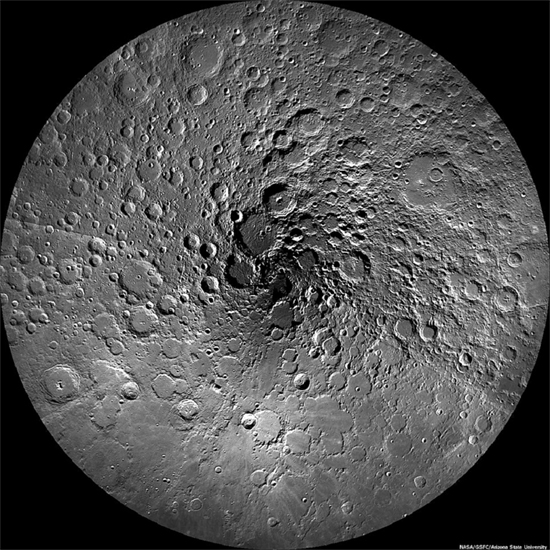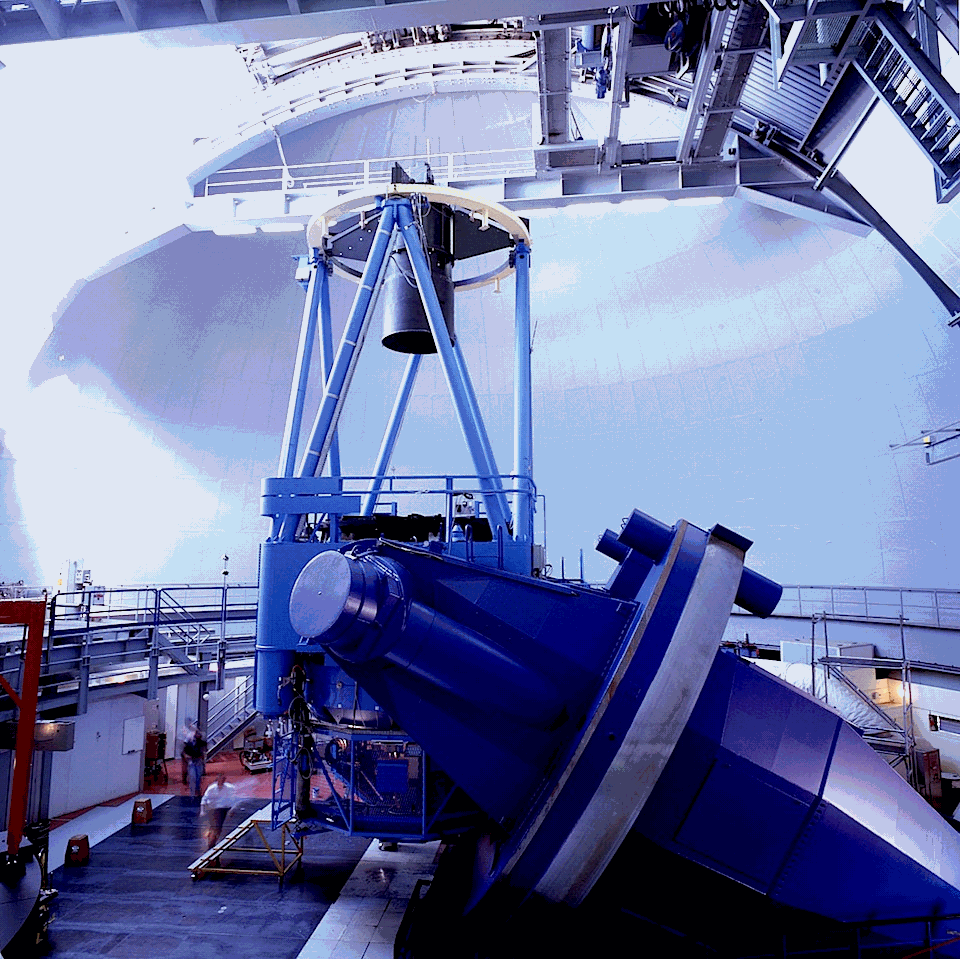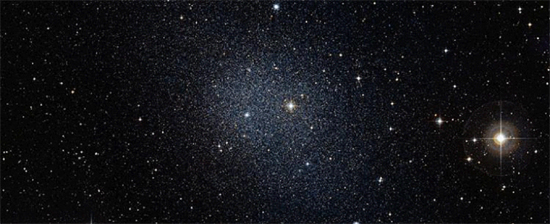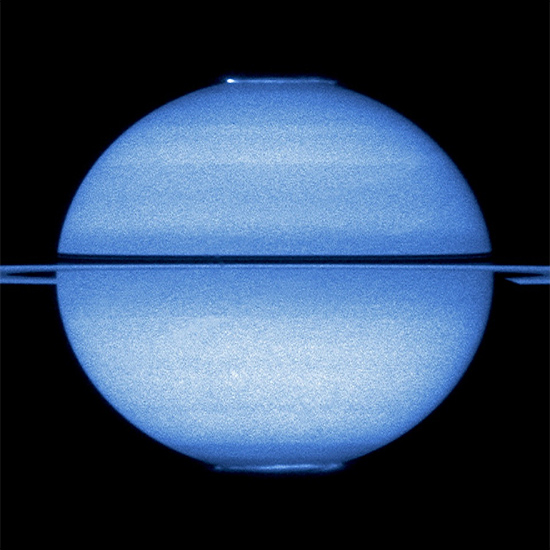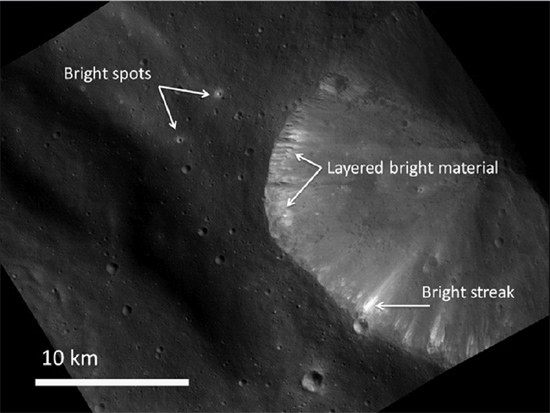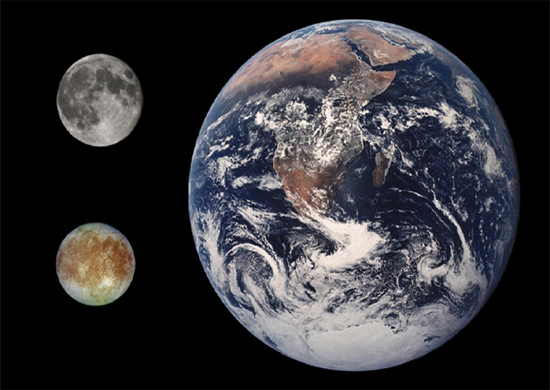Gale Crater’s Mount Sharp
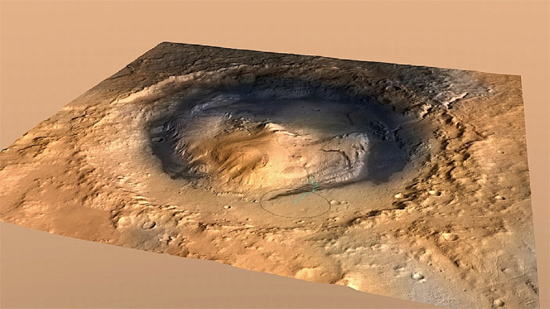
Apr 12, 2012 Planetary scientists admit that the central mound in Gale crater was not created by crustal rebound. On November 6, 2011 NASA launched the Mars Science Laboratory rover, otherwise known as “Curiosity.” The new rover will touch down inside the 154 kilometer wide Gale crater on August 6,…






